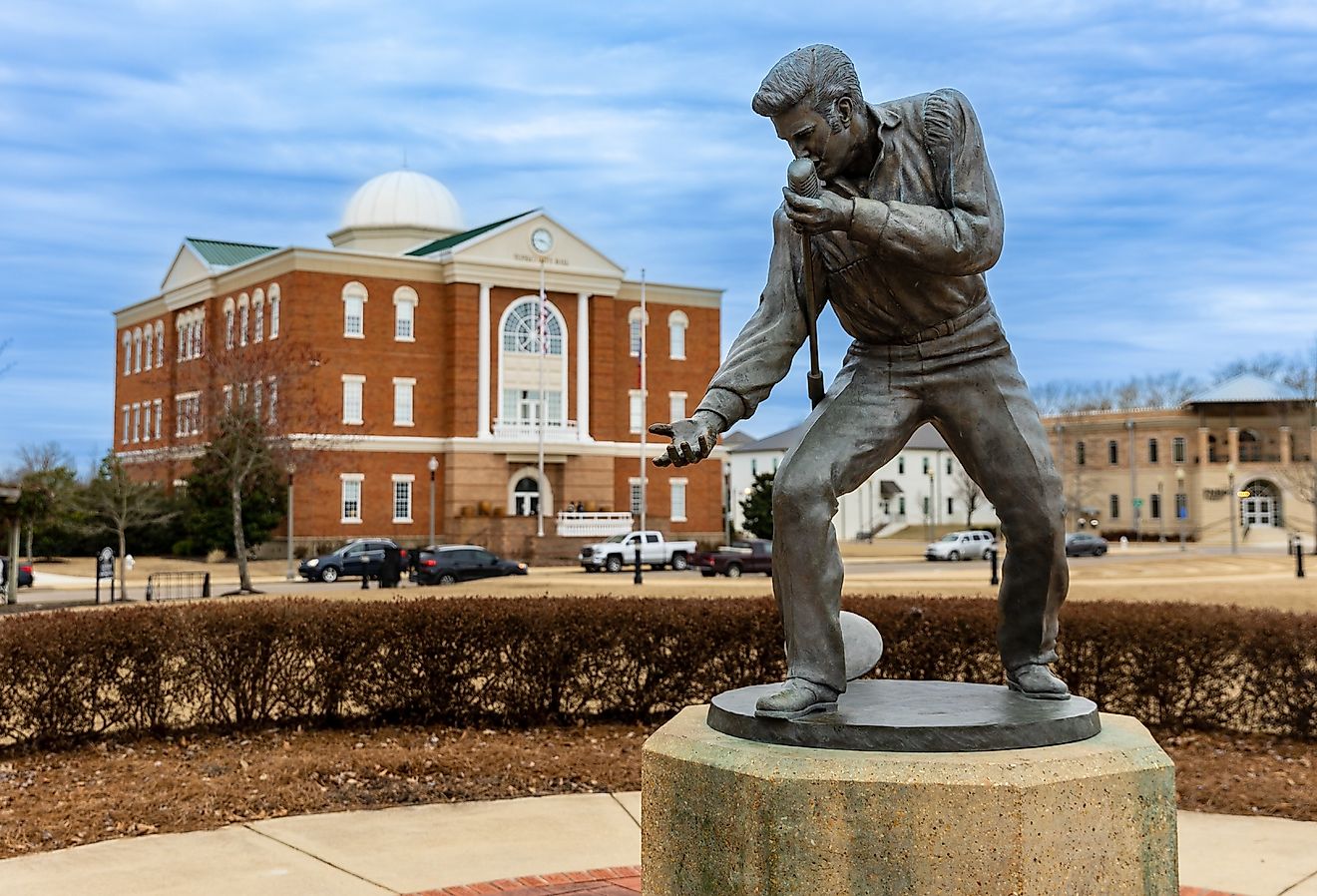
Toledo, Ohio
Toledo is a big city situated in Lucas County in the northwestern portion of the US State of Ohio. Having a population of 275,116 inhabitants, Toledo is the state's fourth-most populous city and the country's 79th-largest city. It is also the leading city of the Toledo metropolitan area and a significant trade center of the American Midwest. Toledo hosts several attractions, including a top-notch art museum, a symphony orchestra, an opera, a vibrant jazz society, and numerous theaters. Nicknamed the "Glass City," Toledo is home to a variety of significant businesses, including Libbey-Owens-Ford, Libbey Glass, Owens-Corning Fiberglass, Owens-Illinois, and the Jeep Corporation. Due to the city's proximity to Lake Erie, shipping is another important sector, and every year, over 2,000 American and foreign vessels come to this major Midwestern port city.
Geography And Climate Of Toledo

Toledo is situated along the mouth of the Maumee River at the southern tip of Maumee Bay, which serves as Lake Erie’s westernmost inlet. The city’s other nickname, “Frog Town,” alludes to its location to the north of the Great Black Swamp. Toledo is located approximately 89 km southwest of Detroit and within 300 miles of Toronto. Toledo covers a total area of 217.12 sq. km, of which 208.46 sq. km is occupied by land, and 8.66 sq. km is covered by water.
As per Koppen climate classification, Toledo experiences a humid continental climate, with warm, humid summers and cold, snowy winters. During late spring and fall, the area’s climate is slightly moderated by Lake Erie. However, this effect is greatly lessened during the winter season. July is the warmest month, having average temperatures ranging between 24.1°C and 32°C. January is the year’s coldest month, having average temperatures ranging between -2.5°C and -18°C. The city receives an average of 94 cm of snow per year.
History Of Toledo

The area was a part of a broader territory governed by the Council of Three Fires and the traditional Wyandot tribes (Ojibwe, Potawatomi, and Odawa). By 1680, the French had set up trading posts nearby to profit from the lucrative fur trade. The French invited the Odawa to leave Manitoulin Island and the Bruce Peninsula and set up a trading post in Fort Detroit, roughly 60 miles to the north. They established a region that reached northwest Ohio. Most of the Maumee River's course from its mouth was occupied by the Odawa by the 18th century's beginning. They acted as liaisons between French settlers and tribes in the west and north.
The Shawnee and Lenape lived in the southern regions, while the Wyandot lived in central Ohio. When Toledo was getting ready to pave its streets, "two prehistoric semicircular construction activities, perhaps for stockades," were surveyed. On Maumee River's right bank, one was at the intersection of Fassett and Fort Streets, while the other was at the intersection of Clayton and Oliver Streets on the south bank of Swan Creek. These kinds of earthworks were common among mound-building people.
The Population And Economy Of Toledo

As per the latest US Census, Toledo has a population of 275,116 inhabitants, with a median age of 35.4. The largest ethnic groups in Toledo include Non-Hispanic White at 58.1%, African Americans at 26.9%, Two or more races at 41.8%, Hispanic White at 3.66%, and Other races at 2.6%.The economy of Toledo currently employs about 123,000 people. The biggest industries in Toledo include Health Care and Social Assistance, employing 20,760 people; Manufacturing industries employing 20,053 people; and Retail Trade employing 15,567 people. Some of Toledo’s largest universities include the University of Toledo, Mercy College of Ohio, and Athena Career Academy.
Attractions In Toledo
Toledo Botanical Garden

The Toledo Botanical Garden is the only botanical garden in the region which is available to the public for free. The garden features several different gardens, some of which are the green garden, herb garden, perennial garden, pioneer garden, and many more. There are sculptures strewn over the place.
Toledo Museum of Art

The museum was established in 1901 by neighborhood glassmaker Edward Drummond Libbey, and relocated to its present site in 1912. The Greek renaissance structure it is housed in underwent additions in the 1920s and 1930s. Although its collection of 19th and 20th century glass artwork is its claim to fame, it also houses pieces by American, European, Greek, Japanese, Renaissance, and Roman artists. The Peristyle, a music venue in the museum's east wing, hosts performances by the Toledo Symphony Orchestra. There is a sculpture garden as well.
Toledo Zoo

The Works Progress Administration built several of the zoo's original historic structures, many of which are still in use today. The Arctic Encounter, Cheetah Valley, Kingdom of the Apes, and the Tiger Terrace are just a few of the zoo's attractions.











